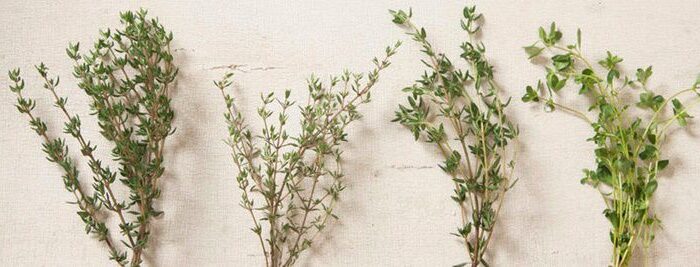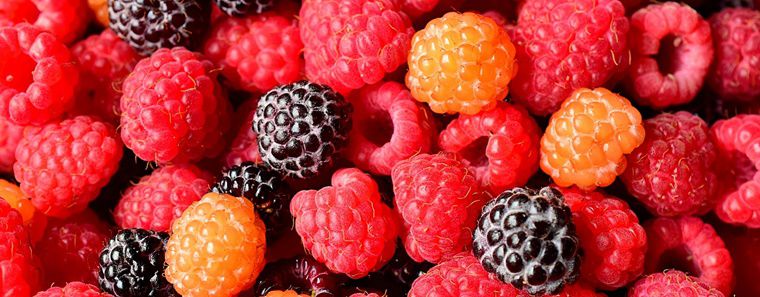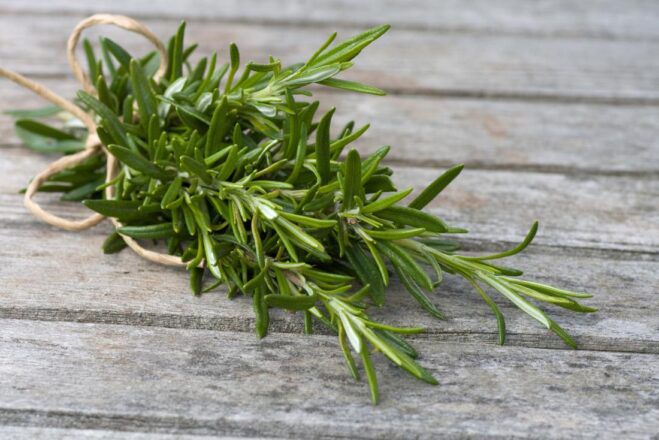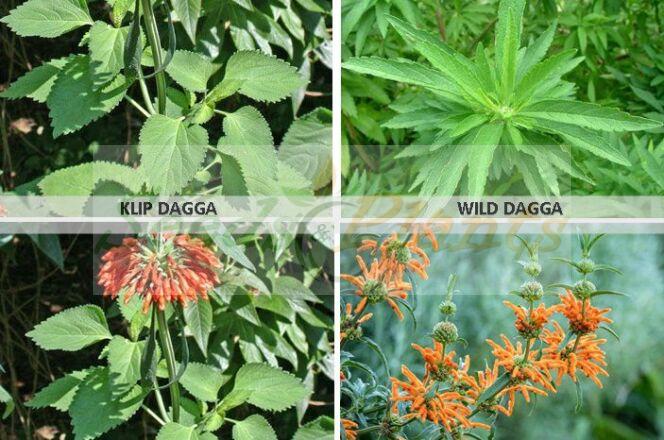Gardening Tips
Kale vs Collards
Kale vs Collards. Both are members of the cabbage family (Brassica oleracea), thus are related and both greens are very nutritious and rich in vitamins A, B, E and K. Not only do Collards and Kale make for very nutritious additions to your diet, they are also very attractive plants which can be include in your garden landscape.
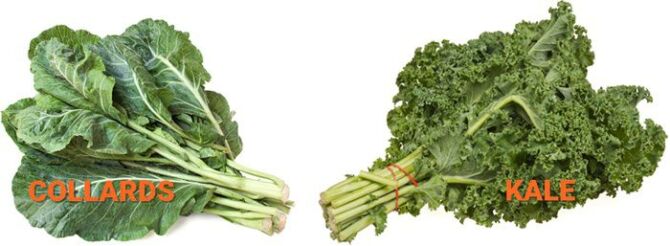
Collards Overview
Also known as: Colewort, Collard greens and nonheading cabbage.
Cultivars: Georgia Southern Collards, Vates Collards and Couve Tronchuda
Culinary Uses: A member of the cabbage family and closely related to kale, collard greens are often associated with Southern cooking in the United States. Typically they are cooked along with ham, pork, and various vegetables, as well as with other greens, such as kale. Collards have Mediterranean origins and pop up in plenty of cuisines, as in caldo verde.
Kale Overview
Also known as: Borecole, cow cabbage
Cultivars: Black Palm Kale, Kale Chou Moellier, Scarlet Kale and Vates Blue Curled Kale.
Culinary Uses: Kale, another form of cabbage, has leaves that look like they’re a mix between collard and mustard greens. As with many other dark leafy greens, kale tastes slightly bitter when eaten raw, but unlike some of its relatives, cooked kale won’t lose its general shape or texture, nor will its volume reduce dramatically. Many cuisines pair kale with potatoes, as in this colcannon recipe from Ireland.
Kale vs Collards – What are the differences between Kale and Collards?
The main difference between kale and collard greens is their appearance, texture and the temperature preference of the plant. Both sweeten after a frost or two.
Appearance: The color of Kale leaves varies from dark green to violet-green while the color of Collard leaves varies from light to dark green. Another difference between kale and collard greens is that the leaves of the kale are curly while the leaves of the collard greens are plain. Kale leaves are soft while Collard leaves are hard.
Growth Habit: Kale grows either as annuals or biennials while Collards grow as biennials or perennials. Kale prefers cooler temperatures and thrives in winter. It can survive in temperatures as cold as -15 degrees Celsius. Collards on the other hand is extremely hardy and can withstand heat and high temperatures. Some kale plants may reach 17-18 feet in height. However, most kale varieties are compact. Kale plants produces erect stems with large leaves and no compact head, whereas Collards grows in a similar manner to cabbage, but without developing a head.
Taste: Kale leaves are less hard and has a bitter flavor when eaten raw, while Collard leaves are hard and have a mild flavor. Collards have a mild nutty taste whereas Kale have a strong green flavor.
Nutritional Differences: Nutritionally, the difference between kale and collard greens is that Kale is rich in vitamin K and iron while Collard greens are rich in fiber and proteins but, low in calories.
Disclaimer
Medicinal Information:
All medicinal information on this website is for educational and informational purposes only and may not be construed as medical advice. The information is not intended to replace medical advice or treatment offered by healthcare professionals.
Seeds, Plants, Plant Cuttings, Geophytes and Dried Herbs:
In some countries and provinces, certain plants are deemed as invasive and are not allowed to be planted at all, whilst some plants are allowed to be grown only in certain areas or provinces. The onus is on you as the buyer to familiarize yourself with the regulations pertaining to your location, before purchasing any of our seeds, plants, plant cuttings, geophytes or dried herbs. We will not be held liable, should you purchase any seeds, plants, plant cuttings, geophytes or dried herbs. from us which are prohibited in your country or province.



